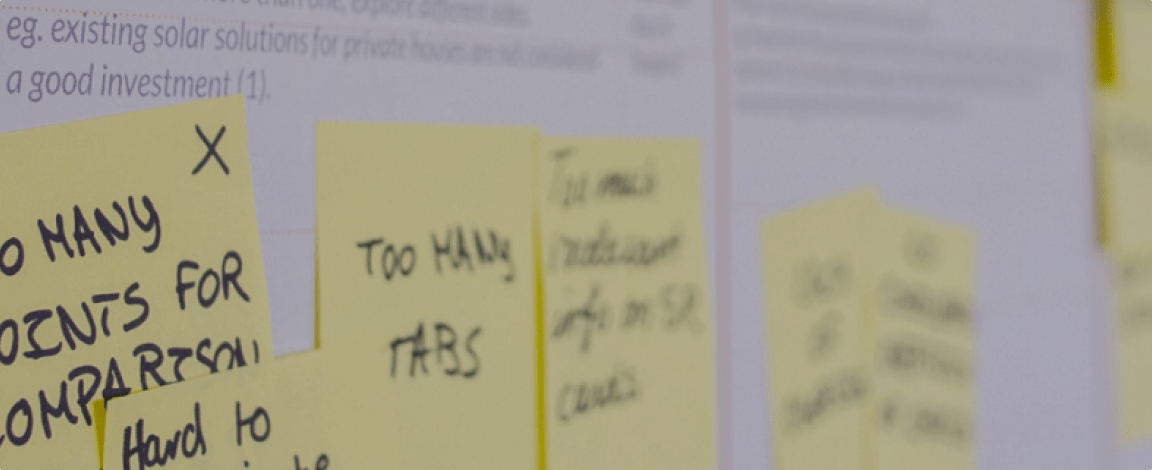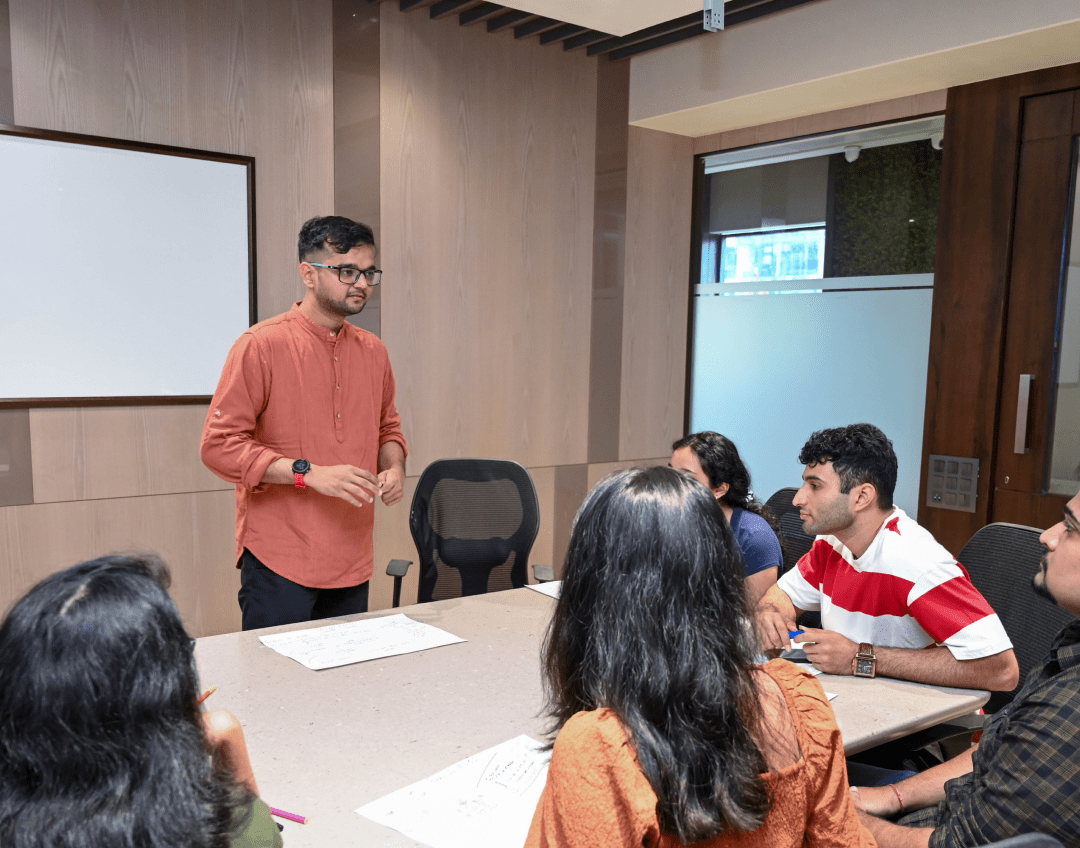
A phrase that we have heard so often that most of UX designers are tired of answering it. Most of the time it is not about the competency of a designer, but it is mostly about the concern that a Client ends up raising while they are trying to consider their investment into a UX research process.
As an effort to make the process of UX Research more evident and clear, here are some of my learning that I would like to share
1. It is a way of understanding the habits of the people for whom we’re building products.
When we do something as simple as a day in a life scenario it helps in understanding what are their daily challenges in life and how do they actually counter that. This helps in us researchers find a pain point that they might be facing in day to day life.
2. It helps in building better information Architecture
When we do exercises like Card sorting, Role playing etc on the field, it enables us to draw a pattern or a hierarchy in which the entire operations that might be happening for a particular or a set of people. Let’s say we’re trying to design an app for shopping, then a good research work can result in understanding how and which products will be a priority for the people who are going to use our platform.
3. Systems-Level Thinking
Once we identify the different types of users and their context, then it becomes essential to build a shared language between all of them. For example, a roadside vendor might have a different view date on an app in DD/Month Name/YYYY format rather than DD/MM/YYYY. These small observations go a long way in reducing the friction on the platform.
4. A Rich Content Bank of context and grammar
Post user interviews when transcriptions are made, they help in understanding the terms that are used the people who will be potentially using this product. This is turn helps in making a useful guideline for content writing and UX writing, which makes interacting with product easier for end-users.
5. Understanding people means building Empathy and understanding what will our design intervention do to their lives
Any product or service that we design and present it to people, we are creating an intervention in their life via our product. It is easy to forget in the process of product development that people will get frustrated with something that doesn’t make their lives easier and helps them become a better version of themselves. So Intervening people and understanding them becomes the very centred of Human-centred Designed product. Without it, there is no empathy that we can generate, neither can we design.
These are some of the things I feel make a UX Research work a must in every project that needs to be done, whether it is centred around a service or a product that is aimed to challenge status quo.

A phrase that we have heard so often that most of UX designers are tired of answering it. Most of the time it is not about the competency of a designer, but it is mostly about the concern that a Client ends up raising while they are trying to consider their investment into a UX research process.
As an effort to make the process of UX Research more evident and clear, here are some of my learning that I would like to share
1. It is a way of understanding the habits of the people for whom we’re building products.
When we do something as simple as a day in a life scenario it helps in understanding what are their daily challenges in life and how do they actually counter that. This helps in us researchers find a pain point that they might be facing in day to day life.
2. It helps in building better information Architecture
When we do exercises like Card sorting, Role playing etc on the field, it enables us to draw a pattern or a hierarchy in which the entire operations that might be happening for a particular or a set of people. Let’s say we’re trying to design an app for shopping, then a good research work can result in understanding how and which products will be a priority for the people who are going to use our platform.
3. Systems-Level Thinking
Once we identify the different types of users and their context, then it becomes essential to build a shared language between all of them. For example, a roadside vendor might have a different view date on an app in DD/Month Name/YYYY format rather than DD/MM/YYYY. These small observations go a long way in reducing the friction on the platform.
4. A Rich Content Bank of context and grammar
Post user interviews when transcriptions are made, they help in understanding the terms that are used the people who will be potentially using this product. This is turn helps in making a useful guideline for content writing and UX writing, which makes interacting with product easier for end-users.
5. Understanding people means building Empathy and understanding what will our design intervention do to their lives
Any product or service that we design and present it to people, we are creating an intervention in their life via our product. It is easy to forget in the process of product development that people will get frustrated with something that doesn’t make their lives easier and helps them become a better version of themselves. So Intervening people and understanding them becomes the very centred of Human-centred Designed product. Without it, there is no empathy that we can generate, neither can we design.
These are some of the things I feel make a UX Research work a must in every project that needs to be done, whether it is centred around a service or a product that is aimed to challenge status quo.
February 15, 2023 | 3 min read
December 12, 2022 | 3 min read
March 15, 2022 | 3 min read


